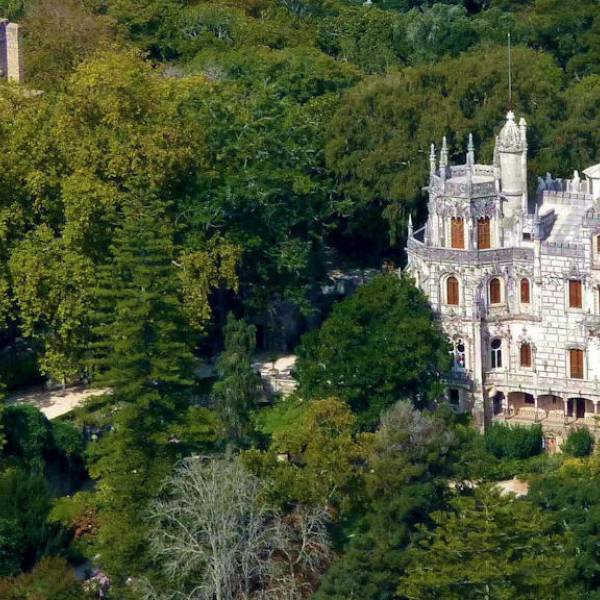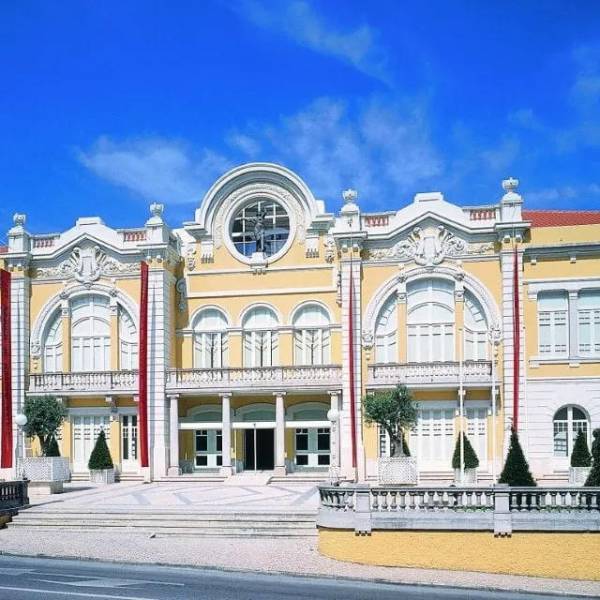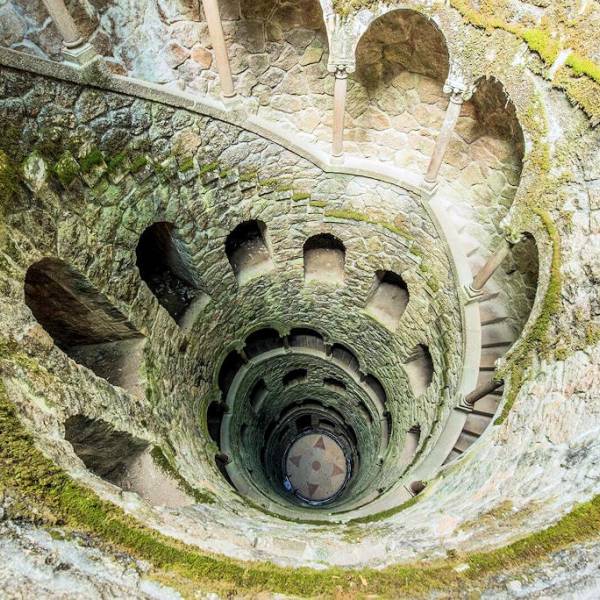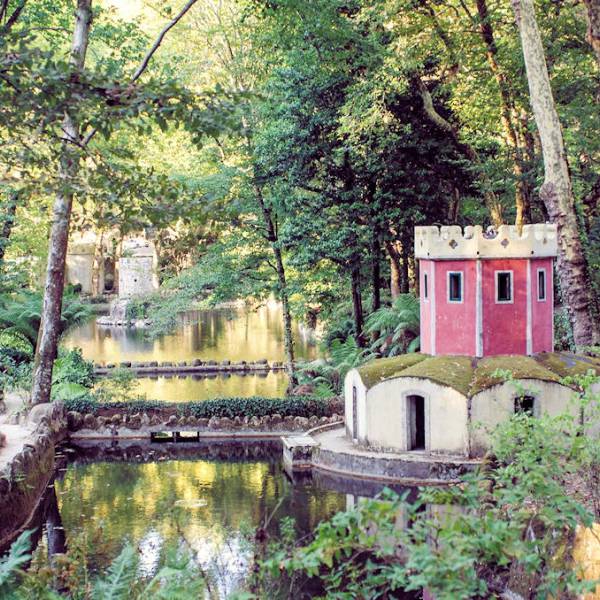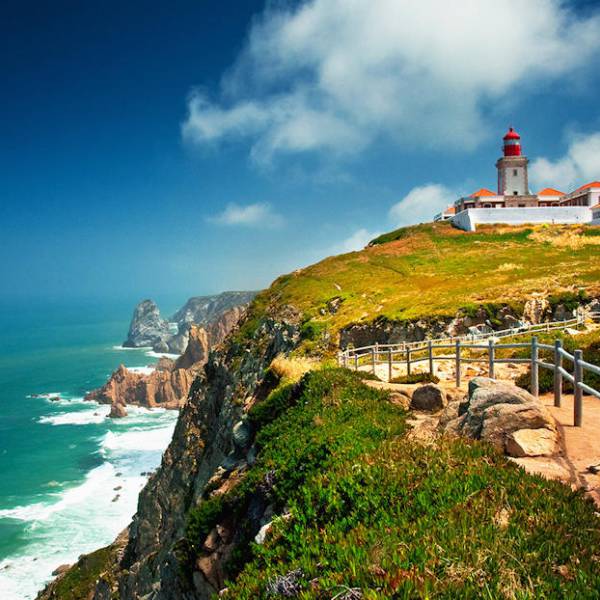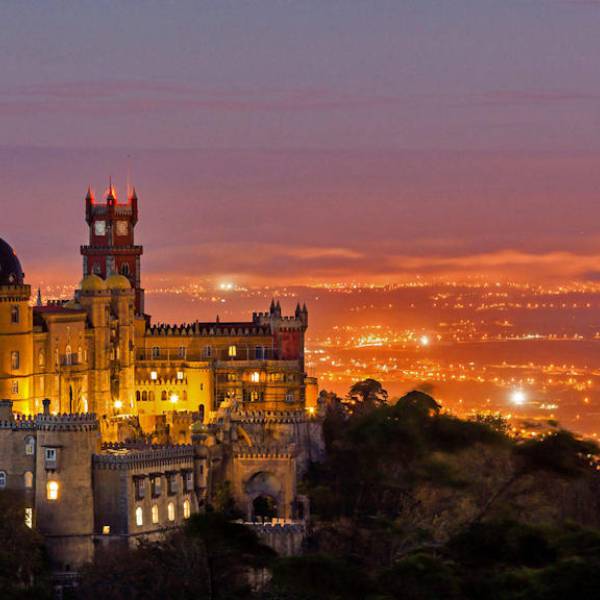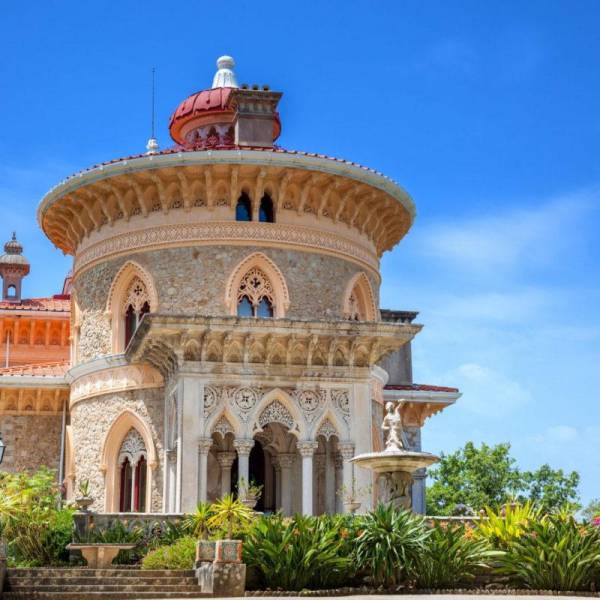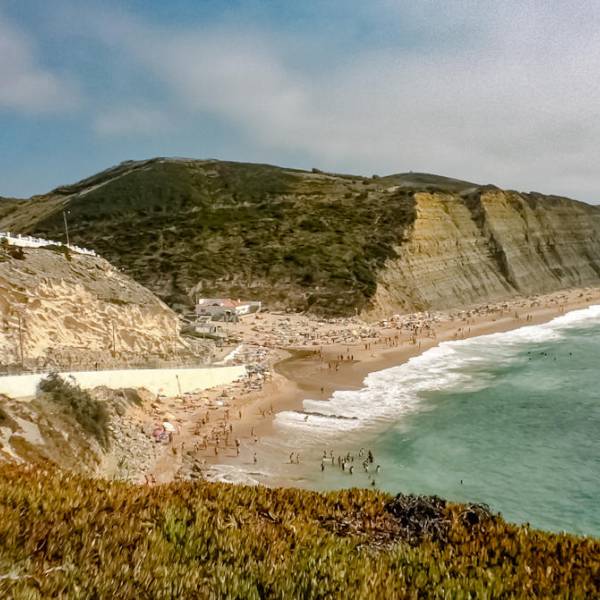Monserrate Palace is a must-visit day trip from Lisbon, nestled in the lush hills of Sintra. This enchanting palace combines Gothic, Indian, and Moorish architectural styles, creating a unique and captivating atmosphere. Explore the stunning gardens, adorned with exotic plants and winding pathways, and admire the intricate details of the palace's interior. A visit to Monserrate Palace promises a magical journey through history, art, and nature.
In 1601, the property was leased to the Melo e Castro family until 1718 when it was finally acquired by D. Caetano de Melo e Castro, the commander of the Order of Christ and the Viceroy of India. As the family resided in Goa, the property was managed by caretakers, at least until the devastating earthquake of 1755 rendered the houses uninhabitable.
In 1790, Gerad DeVisme, a wealthy English merchant and representative of the DeVisme, Purry & Mellish firm, secured the lease of the estate from Dona Francisca Xavier Mariana de Faro Melo e Castro. DeVisme constructed the first palace in a neo-Gothic style. He demolished the 16th-century chapel, replacing it with another that would later be transformed into a mock ruin by Francis Cook. In 1793, William Beckford took over the lease from DeVisme, investing significantly in the palace and making extensive improvements to the gardens.
It was not until 1856, after decades of neglect and with the return of the Melo e Castro family from Goa, that the Monserrate estate left their hands. The buyer was Francis Cook, a wealthy English textile magnate, heir to Cook, Son & Co, and husband of the Anglo-Portuguese Emily Lucas. Renowned architect James Knowles designed the palace, and the gardens underwent interventions by landscape designer William Stockdale, botanist William Nevill, and master gardener James Burt, who would spend the rest of his life at Monserrate. Cook transformed Monserrate into the summer residence of his family, adorning it with artworks from his vast collection, which is now dispersed among numerous museums.
The construction of the palace is said to have involved over 2,000 workers, including 50 dedicated to gardening. After its completion, the Cook family employed around 300 people to maintain the house, the park, and attend to their needs. They acquired 13 neighboring estates and the Convent of Capuchos and its surrounding area, establishing themselves as prominent landowners and employers, similar to English country estates. Due to Francis Cook's extensive efforts in restoring the estate, including the construction of two primary schools for the children of his staff in Galamares and Colares, as well as houses and even a theater, King D. Luís I bestowed upon him the title of Viscount of Monserrate.
In 1884, Cook was granted the title of Baronet in England, and Sir Francis Cook lived until the age of 84. He spent extended periods in Sintra, particularly during the months of November, April, May, and June. During the rest of the year, the house was entrusted to a family of caretakers responsible for its upkeep.
The Cook family retained ownership of the property until 1947 when Sir Herbert Cook was forced to sell the estate due to substantial financial losses suffered in the first half of the 20th century. The sale resulted in the dispersal of the palace's valuable furnishings during an auction.
Saúl Fradesso da Silveira de Salazar Moscoso Saragga, an antique dealer from Lisbon, purchased the palace and later sold it to the Portuguese state in 1949, along with 143 hectares of the Tapada de Monserrate. The Sintra Mountain Range, where the palace is located, was classified as a Cultural Landscape and listed as a UNESCO World Heritage site in 1995. Restoration work on Monserrate Palace commenced in 2010, and it is now open to the public.
Lisbon.vip Recommends
By the 1840s, the original building had fallen into disrepair, with thefts of its lead roof coverings and portions of its ceilings collapsing. In 1858, the new owner, Francis Cook, engaged the services of English architect James Knowles to design a new palace, incorporating the existing foundations and some walls from the preceding structure, some of which were over a century old. Construction, which took place from 1863 to 1865, featured an Orientalist and eclectic taste, blending Gothic, Indian, and Arab elements. The overall design exhibits precise symmetry, with an elegant set of columns supporting a neo-medieval archway at its center. The English contractor J. Samuel Bennet, who had previously worked with King D. Fernando II on the restoration of the Jerónimos Monastery, was hired to oversee the construction.
Inside the palace, visitors encounter an octagonal atrium with Gothic arches and pink marble columns, leading to the private quarters of Francis Cook. The palace further features a dining room, a library with walnut bookshelves and a beautiful high-relief door, a chapel, a main octagonal atrium with a classical-inspired Carrara marble fountain and delicate Deli panels of alabaster serving as carved room dividers. This central atrium, crowned by a meticulously decorated wooden and stucco dome, serves as the centerpiece of the gallery that traverses the entire palace, from the North Tower to the South Tower. Other notable rooms include the billiard room, the Indian drawing-room, and the music room, a grand salon with generous proportions, excellent acoustics, and lavish decoration. The music room's stucco dome features a frieze depicting the Muses and the Graces.
The restoration of Monserrate Palace, combined with its picturesque gardens, serves as a testament to the dedication and vision of those who have contributed to its preservation over the centuries. Today, visitors can immerse themselves in the unique beauty, cultural heritage, and historical significance that Monserrate Palace offers, experiencing the enchantment of this architectural masterpiece amidst the captivating landscape of Sintra.
The Park
The terraced gardens of Monserrate Palace beckon visitors into a romantic paradise nestled amidst lush greenery and captivating water features. With its lakes, springs, fountains, and enchanting grottoes, the park exudes a sense of tranquility. The garden itself showcases a diverse array of plants organized by geographical regions. From regional strawberry and holly bushes to towering palm trees, exotic tree ferns, and vibrant azaleas, the garden offers a captivating display of botanical treasures from around the world. A visit to the farmyard reveals a small-scale agricultural oasis, complete with native trees, livestock fields, orchards, and vegetable patches. This sustainable haven utilizes a renewable energy system, making it entirely self-sufficient. The farmyard's picturesque stream, fed by natural springs from the Monserrate Hunting Grounds, provides a habitat for a variety of amphibians and water animals. A monumental totem carved from a fifty-year-old eucalyptus tree serves as a testament to the natural values of the Sintra Mountains, depicting local wildlife and forested landscapes. Additionally, the off-grid farmyard project harnesses wind, hydro, and solar power to generate electricity, ensuring a sustainable energy supply.Map View




